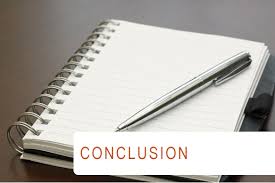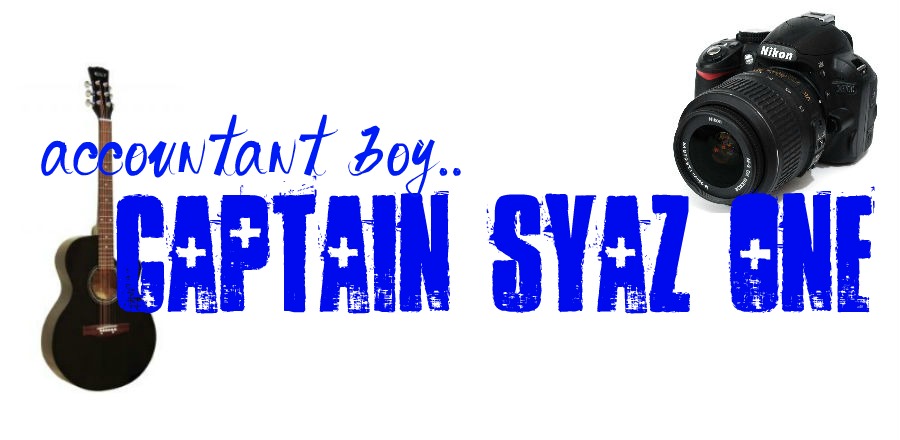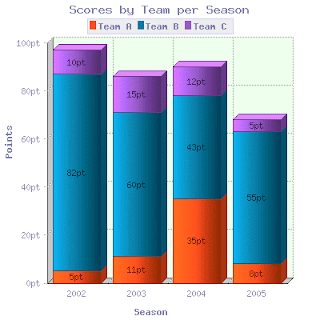THURSDAY ~ 16/02/12
Another two presentations today. First presentation is about simple past tense by Iffah's group and the second presentation is about past continuous tense by Jihan's group. Both of this group will end up all our presentation started from beginning of semester 2.
What is simple past tense??
Simple past tense is to talk about actions that happen at a specific time in the past.
When we can use simple past tense??
1) When it happened using a time adverb..e.g Last year I took my exams.
2) Described events that happened over a period of the time in the past but not now..
e.g I lived in Asia for two years.
3) When talk about habitual or repeated actions that took place in the past..
e.g When I was a child we always went to the seaside on bank holidays.
What is past continuous tense??
The past continuous tense is used to show an action that lasted for some time in the past . The actions can be interrupted by something or can be happening at the same time.
When we can use past continuous tense??
1) Actions that were in progress at some time in the past..e.g Were you cooking last evening?
2) Actions that was going on when a second one took place..
e.g. I was eating when someone rang the door bell.
3) To show 2 actions happening simultaneously in the past.
e.g Mrs Branson was baking a cake while her daughter was chatting on the phone.
4) As a past equivalent of the present continuous tense..
e.g Alex said,"I am travel to Malaysia" (Direct Speech)
Alex said that he was travel to Malaysia. (Indirect Speech)
5) To express a past habitual action, with adverbs like "always","often".
e.g The old man was constantly muttering to himself.
6) To use in timid or polite questions..e.g I was wondering if you could open the window.
7) To use in irritation..e.g She always coming late for dinner !!
8) Actions which began before something else happened..e.g We were having dinner when the phone rang.



